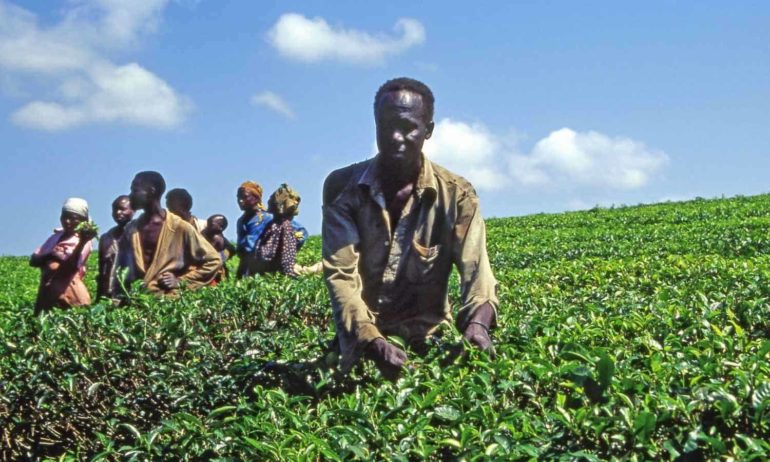In an international effort to boost food security, Cornell International Institute for Food and Agricultural Development (CIIFAD) and Market Matters, Inc. collaborated to create The African Seed Access Index (TASAI). This unique initiative allows for a cross-country comparison and in-depth analysis of the seed sectors in Sub-Saharan Africa. Principal Investigator Edward Mabaya began TASAI to improve yields on African farms by increasing access to improved varieties of crops. To do this, TASAI acts as a transparent network within the seed sector to ensure efficient investment of money and resources. TASAI recently released assessments of seed sectors in four pilot countries: Kenya, Uganda, South Africa, and Zimbabwe. These assessments illustrate the strengths and weaknesses of seed sectors in each country, and show promise for future improvements.
During the 1970s and ’80s, government monopolies dominated the seed sectors in much of Sub-Saharan Africa. When these sectors were liberalized in the 1990s, the supply chain grew to include multinational and domestic companies; however, these now-complex supply chains did not always allow for new technologies to reach smallholder farmers. TASAI aims to monitor the seed sectors in these countries, as well as to pinpoint weaker areas, where expanded access to improved seed can benefit smallholder farms and positively influence overall food security in African countries.
“There are enormous opportunities to develop sustainable seed production capacity in Africa…but investments are often constrained by a poor understanding of what each country needs,” says Mabaya. TASAI will provide governments, NGOs, and private investors with the information necessary to target particular areas of the seed sector in most need, ensuring provisions for smallholders in each country.
“In 2010, we started off with a concept and decided, before we take it to the rest of the world, we should do as much background research as we can,” explains Mabaya; TASAI formed after extensive study and data collection from local experts on seed sectors in Sub-Saharan Africa. TASAI breaks down a country’s seed sector into 16 indicators with five key components—research and development, industry competitiveness, service to smallholder farmers, seed policy and regulations, and institutional support—and rates their vibrancy and competitiveness. Deciding on the crop varieties for analysis was a challenge; currently, the reports focus on the four main crops of each country.
“Africa is very dynamic…. All these indicators are likely to change year to year,” says Mabaya. TASAI hopes to cover more than 20 countries in Africa in the next two years. Analyzing a large number of countries will allow for governments to compare seed sectors and strengthen the components that may prevent their agricultural sector from thriving.












